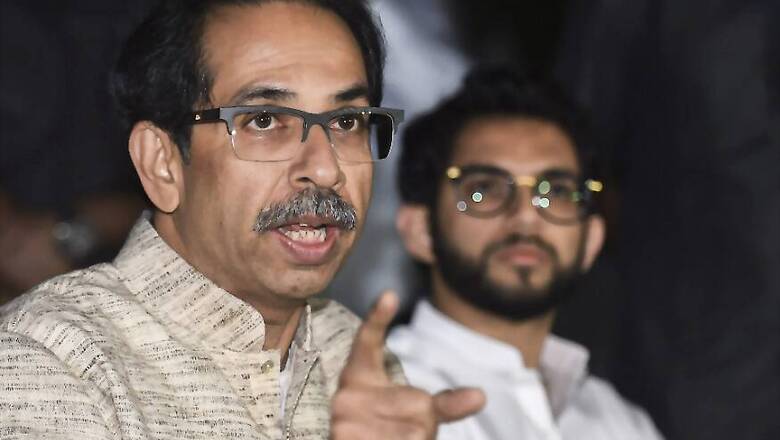
views
“Veterans are also needed. Just drafting young blood will not help...”
This statement by former Shiv Sena MP and senior leader Chandrakant Khaire to the media signifies that all is not well in the party, which is in the throes of a generational transition.
While the old guard versus young blood battle within the Congress recently saw Jyotiraditya Scindia quit the grand old party to join the BJP and an attempt to destabilise the Kamal Nath government, the Shiv Sena is in the throes of its own battle of generations.
Shiv Sena veterans claim Khaire has reasons to be upset. Khaire, a veteran Shiv Sainik, lost the Lok Sabha elections from Aurangabad to Imtiaz Jaleel of the All India Majlis E Ittehadul Muslimeen (AIMIM) by a narrow margin. Khaire was a four-term MP from the saffron stronghold.
In March, the Rajya Sabha term of the Shiv Sena’s Rajkumar Dhoot came to an end. Khaire and Priyanka Chaturvedi, a fresh inductee from the Congress, were in the fray for a nomination.
However, Chaturvedi, who joins the long list of non-Maharashtrians to be nominated by the party to the Rajya Sabha, pipped Khaire. The former Congress spokesperson, who joined the Shiv Sena just last year, was said to have the support of Yuva Sena chief and Maharashtra environment minister Aaditya Thackeray. As a Rajya Sabha MP, Chaturvedi will be the face of the party in Delhi, and ease its interaction with the English and Hindi media in the national capital.
Aaditya, the son of Shiv Sena chief and chief minister Uddhav Thackeray, who became the first from the Thackeray family to seek public office, is seen as being increasingly active in matters of the party organisation. The well-spoken and cosmopolitan Aaditya is seen as the man who can modernise the party and has chosen to promote younger, cosmopolitan blood.
However, this is seen as standing in dissonance with the party’s traditional votebase. The Shiv Sena was born out of the angst of the Marathi-speakers in Mumbai and surrounding areas, who felt left out of a fast-changing Mumbai, after the creation of seperate state of Maharashtra in 1960. The Sena took a shift towards hardline Hindutva in the decade of the late 1980s.
With his suave ways, Aaditya does not fit the stereotype of an archetypal rough-and-ready Shiv Sainik. As the Shiv Sena’s rising star and heir apparent, Aaditya is seen as preferring the induction and promotion of a cosmopolitan bunch of leaders within the ranks and leadership as part of a larger image makeover. Many say this is perhaps because he identifies with them.
The Yuva Sena chief has pitched members of his own team for positions within the party. Even before Aaditya took a plunge into electoral politics, there were murmurs of protest within the Shiv Sena at members of his esoteric team of associates, many of whom are not seen as “professional politicians” calling the shots when it came to party affairs.
Even hard-bitten critics of the Shiv Sena admit that this makeover is much needed. The Shiv Sena’s target constituency of the Marathi manoos is shrinking within Mumbai and the surrounding areas, ironically under the party’s watch, and it needs to expand its electoral catchment.
The party’s agenda also does not resonate with the upwardly mobile young Maharashtrians and first-time voters, who instead prefer the rival Bharatiya Janata Party (BJP). To stay relevant and hold on to its control over India’s financial capital, the Sena needs to reach out to a fresh constituency to widen its electoral catchment.
But, as Khaire’s outburst, which is rare in a monolithic party that puts a premium on loyalty and comes down hard on anyone breaking ranks, makes it clear, this transition is easier said than done. The unease within the Shiv Sena’s ranks over this change is apparent.
In 2014, Khaire was photographed touching the feet of Aaditya, almost four decades his junior. However, now, Khaire has not minced his words in sarcastically criticising the high-command's choices, and also questioned the benefits for the Sena in getting election strategist Prashant Kishore on board during last year’s state assembly polls.
However, Khaire has been quick to add that while he has offers from other parties, he will be loyal to the Shiv Sena till his end, unlike others whose political loyalties are fickle.
This disgruntlement in the party has an important subtext. Previous attempts by Uddhav to “liberalise” the party have been stonewalled, making these competing undercurrents within the Shiv Sena obvious.
Khaire, a Shiv Sainik of over 30-year standing, was from the first batch of Shiv Sena corporators to be elected to the Aurangabad Municipal Corporation in 1988. Outside its traditional Mumbai-Thanebelt, the Shiv Sena first struck roots in the Marathwada region, which Aurangabad falls in.
The communally sensitive Marathwada was in the dominion of the Nizam of Hyderabad, and has a fairly high percentage of Muslims.
The Shiv Sena’s expansion in Marathwada in the 1980s had a force multiplier in its shift to aggressive Hindutva. Aurangabad can hence be called as the petri dish of the Shiv Sena’s own experiments in Hindutva.
After the Shiv Sena’s split from the BJP, and consequent dilution of its hardline agenda, the latter is trying to embarrass its erstwhile ally on the issue. The Aurangabad civic polls, due this year, are the best opportunity for the BJP to test the waters regarding the majoritarian, polarising agenda, that is the order of the day due to issueslike the Citizenship Amendment Act (CAA) and National Registry of Citizens(NRC).
In Aurangabad, the BJP is also trying to strike an understanding with the Maharashtra Navnirman Sena (MNS), which is led by Uddhav’s estranged cousin Raj Thackeray. The MNS is trying to fill the vaccum created by the Sena’s apparent attempt to dilute its pro-Hindutva agenda as a consequence of its alliance with the Congress and Nationalist Congress Party (NCP) for power.
For the Shiv Sena, the obvious unease of Khaire, and many veteran leaders and Shiv Sainiks, may bring back a sense of déjà vu.
In 2003, Uddhav, who was then the working president of the Shiv Sena, and father Bal Thackeray’s heir apparent, launched an ambitious campaign named ‘Mee Mumbaikar’ to attract non-Maharashtrians, especially Hindi-speaking North Indians to the party. The campaign, which reflected the changing demographic and political realities of the city, was poised precariously as it made overtures to North Indians, who competed with working class Maharashtrians for access to jobs and resources in the burgeoning unorganised sector. This stood the risk of the Sena drifting away from its core vote base.
The campaign led to visible unease within the party. Later that year, activists from the Bharatiya Vidyarthi Sena (BVS), which was then helmed by Raj, who had lost out to his elder cousin in the succession battle, attacked north Indians who had come for the railway recruitment examinations at Kalyan.
The attack led to ripples within the north Indian communities in Mumbai, and in next year’s assembly polls, they decisively voted against the Shiv Sena-BJP alliance, leading to its defeat by the Congress and NCP.
After Raj quit the Shiv Sena in 2005 to launch his MNS the next year, Uddhav renewed his outreach towards the north Indians through Bhojpuri Sammelans and Lai Chana programs. However, the anti-north Indian campaign by the MNS in 2008 put a spoke in the wheels as the Sena scrambled to safeguard its electoral catchment.
Now, the Shiv Sena has to contend with fresh threats. The BJP, which wants to ride the wave of polarisation sweeping the country, and the MNS, which is looking at occupying the pro-Hindutva, hardline space that the Sena has apparently vacated. The old guard within the Shiv Sena is also uneasy as this generational shift with the inevitable organisational shake up.
Will the Shiv Sena be able to take its proposed, creeping transformation to a logical end? Or will history repeat itself like in 2003 and 2008?














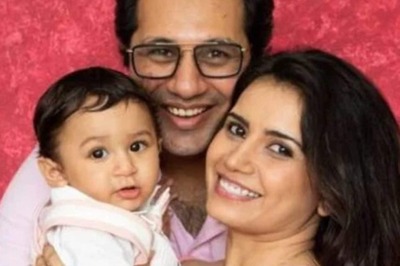
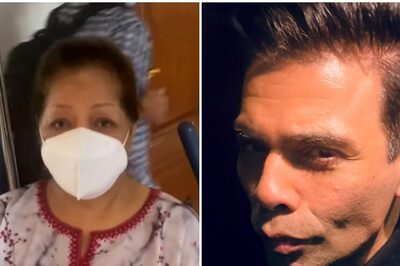
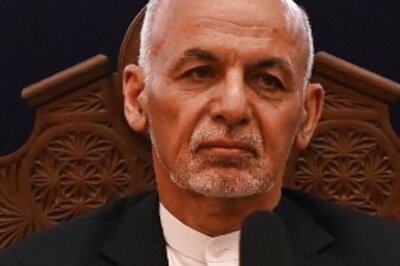

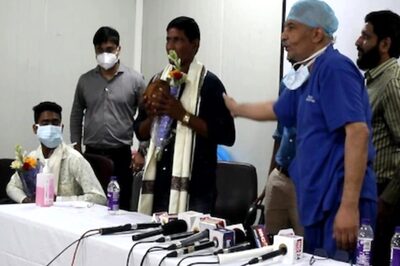
Comments
0 comment